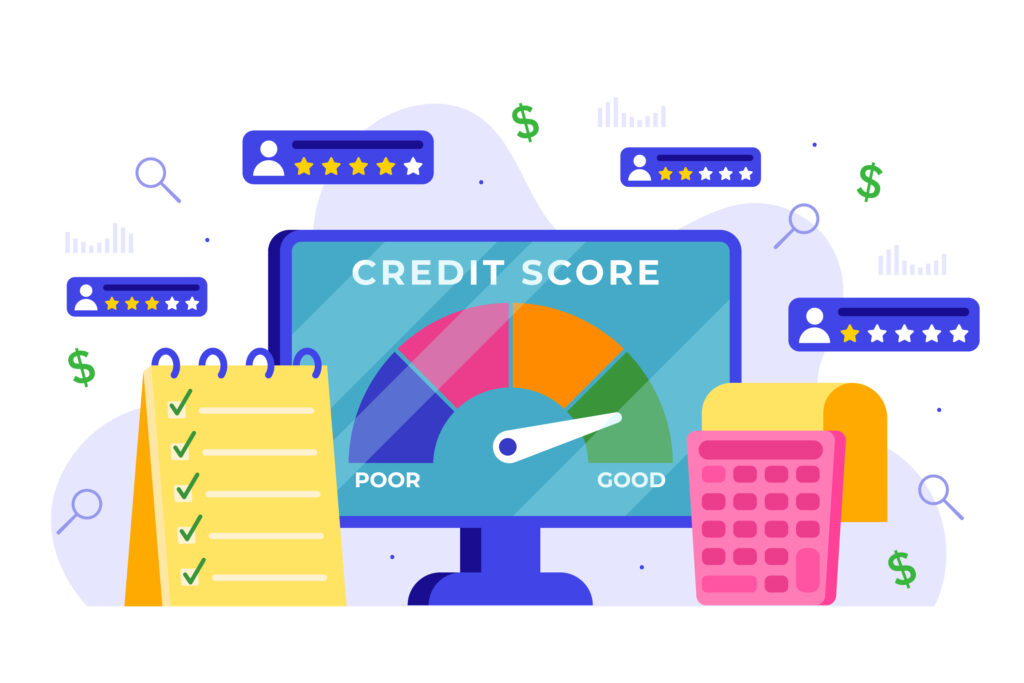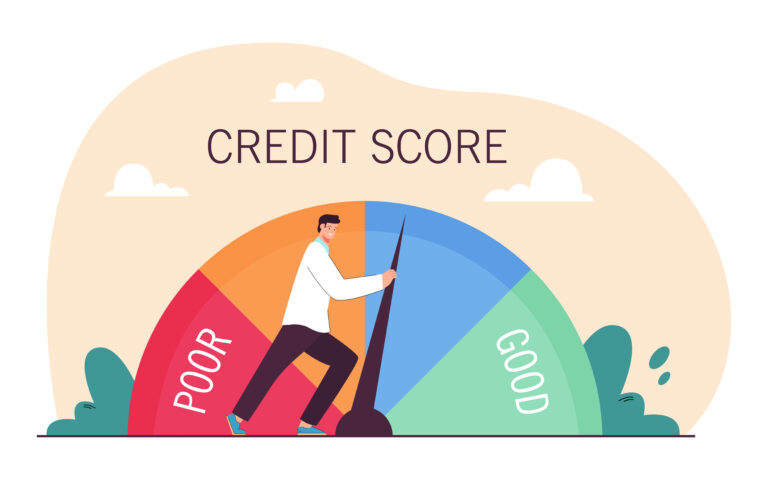Want Better Credit Score? Use Small Daily Payments to Build Your CBIL (For Clinics & Pharmacies)
Table of Contents
Introduction
If you run a clinic or pharmacy in India, you already know that managing cash flow and getting credit from banks or suppliers can be tough.
One key to solving this problem lies in your credit score—specifically, your CBIL score.
A better credit score opens the door to higher credit limits, lower interest rates, and better business terms.
But here’s a simple trick many don’t know: making small daily payments instead of big monthly payments can significantly help you build your CBIL score faster and more effectively.
This blog explains how it works and why it’s the best strategy for healthcare businesses like yours.
What is a CBIL Score?
Your CBIL score (also known as a credit bureau score in India) is a 3-digit number between 300 and 900.
It reflects your creditworthiness based on how you manage your loans and credit cards.
A high score (750+) means you’re more likely to get loans easily.
Why CBIL Score Matters for Clinics and Pharmacies
- Get loans or working capital easily
- Get better interest rates from NBFCs or banks
- Access higher credit limits for stocking medical supplies
- Build trust with suppliers and wholesalers
- Improve cash flow and reduce stress
How CBIL Score is Calculated
- Payment history – 35%
- Credit utilization ratio – 30%
- Credit age – 15%
- Credit inquiries – 10%
- Credit mix – 10%

How Small Daily Payments Help Build Your CBIL
1. Keeps Credit Utilization Low
One of the biggest factors affecting your score is how much of your credit limit you’re using. This is called the Credit Utilization Ratio (CUR).
If you use too much of your available credit, your score drops.
Instead of using ₹50,000 from a ₹1,00,000 limit and paying it all at month-end, break it into ₹1,000 daily payments. This keeps your usage low and shows you’re responsible.
2. Builds a Strong Payment History
Paying daily means more payment records in your report. Each payment shows up as a positive activity. It helps you create a strong, reliable history.
For example:
- A clinic paying ₹1,000 daily is making 30 on-time payments per month.
- A clinic paying ₹30,000 once is making only 1 payment.
More payments = more trust in your repayment behavior.
3. Improves Cash Flow Management
Many clinics and pharmacies don’t have predictable revenue daily. Small payments allow you to:
- Match payments with income (daily or weekly)
- Avoid lump sum cash flow issues
- Reduce chances of bounced payments
4. Reduces Interest and Late Fees
When you make frequent payments, the interest is calculated on a lower balance. That means:
- Lower EMIs or card bills
- No extra charges or late penalties
- More control over your expenses
5. Helps with Faster Score Recovery
If your CBIL score is currently low, small daily payments help you recover faster. Credit bureaus notice consistent behavior, which rebuilds your reputation quicker than large random payments.
Tips for Clinics and Pharmacies to Use This Method Effectively
Use Auto-Debit for Daily Payments
Most bank accounts allow you to set daily or weekly auto-debits. This helps avoid missed payments and builds a perfect history.
Track Credit Utilization Weekly
Try to stay under 30% of your credit limit. Check your balances online regularly, especially before statement dates.
Focus on High-Interest Credit First
Pay more towards high-interest cards or overdrafts. This saves money and improves score at the same time.
Don’t Apply for Too Many Loans
Each time you apply for credit, it adds a “hard inquiry” on your report. Too many can hurt your score. Be selective.
Keep Old Credit Accounts Open
If you’ve had a credit card for 5 years, don’t close it. The longer your credit history, the better your score.
Real-Life Example
Rahul, a pharmacy owner in Pune, had a CBIL score of 640 and struggled to get a loan. His credit card utilization was 80%.
He started paying ₹1,500 daily towards his balance.
Within 30 days, his balance dropped by ₹45,000, and his utilization went below 35%. His CBIL score increased to 720 in just 6 weeks.
Later, he qualified for a working capital loan at 11% interest, down from 17% earlier.
Other Ways to Boost Your CBIL Score
- Always pay your electricity, rent, and EMI bills on time.
- Don’t use your full credit limit—stay below 30%.
- Check your credit report every 3-4 months for mistakes.
- Mix your credit: credit cards, overdrafts, and term loans.
- Use secured credit cards if you’re just starting out.
Conclusion
If you’re running a clinic or pharmacy and want better loan terms or a business credit line, your CBIL score is key.
Small daily payments are an easy and powerful tool to build a strong credit score without straining your monthly budget.
This approach shows lenders you’re responsible, lowers your credit usage, and keeps your financial reputation clean.
Start with auto-debit setups, track your credit, and stick to a daily payment habit.
In just a few months, you’ll see the results in your score, your interest rates, and your business peace of mind.
Frequently Asked Questions (FAQ)
Q1. What is the ideal CBIL score for business loans?
A score above 750 is ideal for getting business loans at low interest rates.
Q2. How long does it take to improve CBIL score with daily payments?
You can see changes in 30–60 days, depending on your existing score and payment consistency.
Q3. Will paying ₹500 daily help my credit score?
Yes, even small amounts help. The key is consistency and keeping your credit usage low.
Q4. Can I use this method with credit cards or EMI loans?
Yes. It works best with credit cards, overdrafts, and even flexible EMI payment options.
Q5. What if I miss a day’s payment?
Missing one payment may not hurt if it’s not beyond the due date, but aim for daily auto-debits to stay consistent.
Also Read
- Pradhan Mantri Jan Arogya Yojana : Great Opportunity for Small Healthcare Providers
Indian Healthcare Sector:-Want to know how Digital India Is Transforming Small Pharmacies?
Want Better Rates and Priority Supply? Pay Your Vendors Early — Here’s Why It Works
Running a Private Clinic? Here’s How to Track and Cut Monthly Costs





